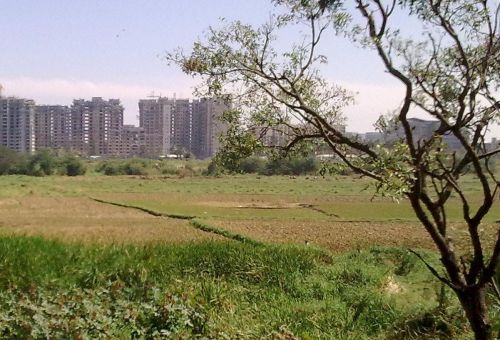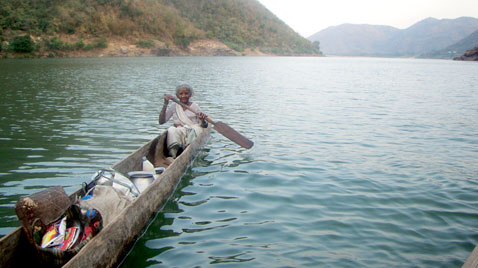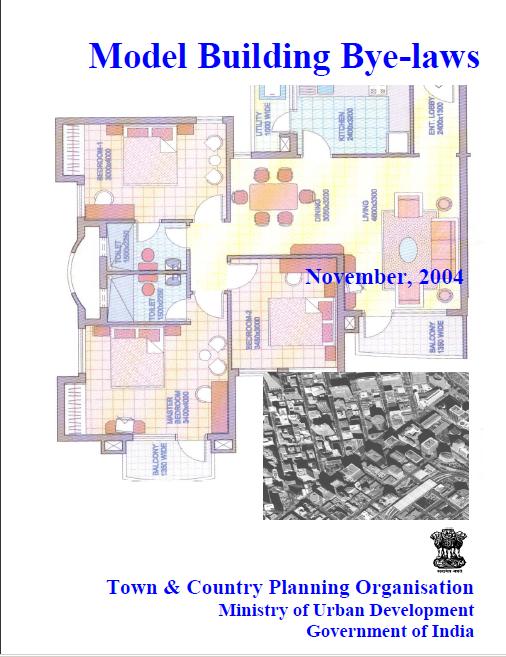Land Acquisition
Urgent solidarity appeal for victims of eviction of 15 families from Lamphelpat wetlands in Manipur, NE India on 6 June 2011
Posted on 25 Jun, 2011 01:27 PM
Date of Incident: 6 June 2011 at around 7 A.M
Place of Incident: Yaipha Leikai, Lamphelpat, Under Lamshang Assembly Constituency, Imphal West District, Manipur, India
Victims/Community Affected: 15 Households, 81 persons belonging to the Meitei People of Manipur
The displaced victims are mostly women, children and elderly people
Event Description:
On 6 June 2011, at least fifteen (15) houses of Yaipha Leikai village, Lamphelpat Wetland near Employment Exchange, Imphal West District, Manipur in India’s North East had been destroyed by Manipur Police from the Lamphel Police Station under the orders of the Government of Manipur on 6 June 2011 as a means to evict the villagers to make way for the Government plan for building the National Institute of Technology (NIT) complex and a water body at Lamphelpat wetlands.
Prior to the eviction, an order issued by the Sub Divisional Officer, Lamphel, Imphal West on 3 June 2011 was served to the villagers of Yaipha Leikai only on Sunday, the 5 June, 2011 around 10 a.m in the morning asking them to dismantle their houses the same day before 5 in the evening. The villagers were completely taken by surprise as most of the senior household occupants were off to work in Lamphelpat Wetlands for fishing and many went out to earn as daily labourers. The eviction drive was carried out on 6 June 2011, the next day from around 7 a.m in the morning. The eviction process was overseen by State Works minister K Ranjit, PDA chairman Kh Loken among other officials of different departments and police officials of Lamphel Police Station, Imphal West District. The eviction was carried out by using earthmovers and other heavy machineries despite the angst of the residents, who have resided in the area for more than four decade.
"Battles over land" - Land as commodity and land for livelihoods - Special issue from Infochange
Posted on 18 Jun, 2011 12:48 AMWhat are the laws governing acquisition? What is the social impact of a development-at-all-costs policy? Can those who owned and lived off the land have a stake in its development?
Tearing through the water landscape - Evaluating the environmental and social consequences of POSCO project in Odisha - A report by ESG
Posted on 08 Jun, 2011 03:34 PMBased on evidence from this inquiry, the study presents a critical analysis of the environmental and social impact information of POSCO's steel-power-port components to expose the fact that regulatory agencies have inadequate information on the short term and long term impacts of the project on the basis of the information that the company supplied to them. It also provides historical evidence
Press conference and meeting on: Power sector – land acquisition, environmental & human rights perspectives, National Alliance of People’s Movements, 11th June, 2011, New Delhi
Posted on 08 Jun, 2011 03:09 PMOrganizers:
- National Alliance of People’s Movements (NAPM)
- Socialist Front
- Nirman Mazdoor Panchayat Sangam
- Indian Social Action Forum (INSAF)
Bellandur lake, Bangalore - Landfill activity and hinterland development - Updates from Praja
Posted on 19 May, 2011 07:09 PMMarking the exact location on the map. It’s not really the lake itself, but the lake bed area on the right side of the bund/road adjoining the lake.
The agricultural land below the lake abutment forming the Bellandur Lake is being developed for residential / commercial use as the case may be. It is the present owners’ choice to convert agricultural land into residential / commercial purposes as it has now come within BBMP area. Some who may not like to convert have that choice too.

Gujarat’s agricultural growth story: Reality check and important lessons for water management – A paper by Institute for Resource Analysis and Policy
Posted on 13 May, 2011 07:57 PMThe agricultural ‘growth’ seen in the recent past in Gujarat is nothing but a good recovery from a major dip in production occurred during the drought years of 1999 and 2000, because of four consecutive years of successful monsoon and bulk water transfer through the Sardar Sarovar project. The real ‘miracle growth’ in Gujarat’s agriculture appears to have occurred during the period from 1988 to 1998.
Polavaram fraud - The Polavaram dam on the Godavari could displace 400,000 people and submerge nearly 4,000 hectares of forest land - Article from Down To Earth
Posted on 06 May, 2011 08:33 PMMost of the people threatened to be displaced cannot be relocated until their rights over forestland are recognized under the Forest Rights Act. How did the Andhra Pradesh government meet this immense challenge? It quietly told the Union environment and forests ministry that all claims have been settled.
The ministry gave forest clearance to the project last year. Now over 50 villages have written to the ministry, saying their forest rights have not been settled. Richard Mahapatra visited the villages and found the state had indeed lied.
Following similar complaints, the ministry had scrapped Vedanta’s proposal to mine Niyamgiri hills and withheld forest clearance to the POSCO steel plant in Odisha. Will it apply the same yardstick to Polavaram?
 Residents of Teladibbalu did not know they had forest rights. The village is in the dam’s submergence zone and accessible only by boat. (Photo: G Srinivas).
Residents of Teladibbalu did not know they had forest rights. The village is in the dam’s submergence zone and accessible only by boat. (Photo: G Srinivas).
Model building bye-laws, developed by the Town & Country Planning Organisation - Ministry of Urban Development (2004)
Posted on 11 Apr, 2011 03:11 AM Building bye-laws are a set of standards used to regulate various facets of a building everything from its design to its safety features. In these 'Model Building Bye-Laws', the Town and Country Planning Organisation (TCPO) under the Ministry of Urban Development (MoUD) has created a guide for State Governments, Urban Local Bodies, Development Authorities to help them play a more effective role in enforcing the implementation of the master plans.
Building bye-laws are a set of standards used to regulate various facets of a building everything from its design to its safety features. In these 'Model Building Bye-Laws', the Town and Country Planning Organisation (TCPO) under the Ministry of Urban Development (MoUD) has created a guide for State Governments, Urban Local Bodies, Development Authorities to help them play a more effective role in enforcing the implementation of the master plans.
POSCO unplugged - Villagers of Jagatsinghpur, Odisha, have no choice
Posted on 14 Feb, 2011 11:38 AM"Recommendations on water and sanitation services to urban poor"
Posted on 02 Feb, 2011 05:31 PMThe India WASH Forum newsletter for January 2011. It is an open platform for engagement on contemporary issues, for an independent credible voice in the water, sanitation and hygiene sector.
- Recommendations on water and sanitation services to urban poor
The group came up with a list of prioritised issues that need immediate attention if the urban poor were to be provided with sustainable and equitable water and sanitation services. - Water resources are under stress of depletion as well as denial of access for the poor
Drinking water needs are met primarily from ground water. Except for the large metros that suck away water from rivers, most small towns in India depend on ground water supply.





